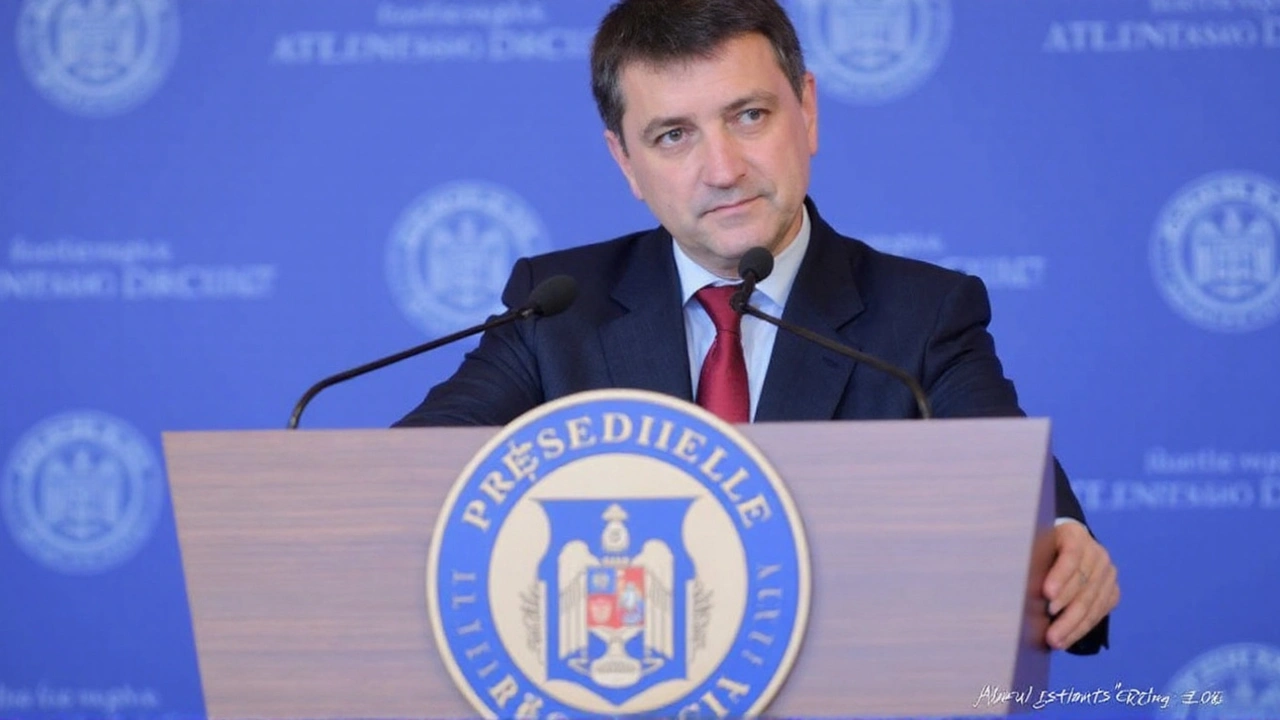1989 Revolution – A Simple Look at a Defining Year
The year 1989 changed the world in a flash. Across Europe and beyond, old regimes fell, borders opened, and people finally got a taste of freedom. If you’ve heard the term “1989 Revolution” and wonder what it really means, you’re in the right place. This guide breaks down the big moments, why they mattered, and what still matters today.
Why 1989 Became a Turning Point
Before 1989, most of Eastern Europe lived under Soviet‑backed communist governments. The economy was shaky, travel was limited, and dissent was punished. By the late 1980s, a mix of economic hardship, new ideas from abroad, and a growing desire for democracy sparked unrest. Leaders like Mikhail Gorbachev tried to reform the system with policies called glasnost (openness) and perestroika (restructuring), but those changes unintentionally loosened the tight grip on power.
In Poland, the Solidarity movement showed that workers could organize and demand change without a violent clash. Their success inspired neighbors, and soon street protests, hunger strikes, and mass rallies erupted from East Germany to Czechoslovakia. The people’s demand for free speech, fair elections, and a better life turned into a wave of revolutions that spread faster than any single government could stop.
Key Events That Defined the Year
One of the most iconic moments was the fall of the Berlin Wall in November 1989. After weeks of massive protests in East Germany, the government finally opened the border, letting families reunite and travelers move freely. The image of people chipping away at the wall still stands as a symbol of hope.
In Hungary, the border with Austria was opened in May, creating the first breach in the Iron Curtain. East Germans used this route to flee to the West, adding pressure on the East German regime. Meanwhile, in Czechoslovakia, the “Velvet Revolution” saw peaceful protests that led to the end of communist rule without a single shot fired.
Romania’s story was more tragic. In December, a violent crackdown ended the regime of Nicolae Ceaușescu, resulting in his execution. The stark contrast between peaceful transitions and violent ends reminded the world how fragile change can be.
What the 1989 Revolution Means for Today
The impact of 1989 isn’t just history; it shapes politics, economics, and culture right now. Former Eastern Bloc countries joined the European Union, gaining access to larger markets and stronger legal protections. The spread of democracy also inspired movements in other parts of the world, showing that ordinary people can push back against authoritarian rule.
At the same time, the sudden shift left many economies in turmoil. Transitioning from state‑controlled to market‑based systems caused unemployment and inequality in some places. Understanding those challenges helps explain why some countries still wrestle with corruption and political instability.
For anyone interested in current events, remembering 1989 offers a useful lens. When you see protests or calls for reform today, think about the power of collective action, the role of leadership, and the importance of protecting freedoms once won.
So, whether you’re a student, a history buff, or just curious about why the world looks the way it does, the 1989 Revolution is a story worth knowing. It shows how quickly an entire continent can change when people decide they’ve had enough and choose to stand up together.

Ion Iliescu Dies at 95: Romania Reflects on a Controversial Architect of Post-Communist Transition
Ion Iliescu, Romania’s first post-communist president and a pivotal figure during the country’s turbulent 1990s, died at 95 after a long illness. His legacy as leader during a time of reform and controversy remains divisive, with unresolved legal cases linked to the 1989 revolution still stirring debate.
View more